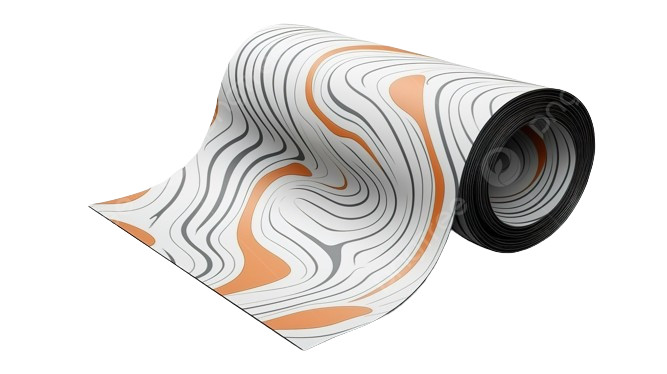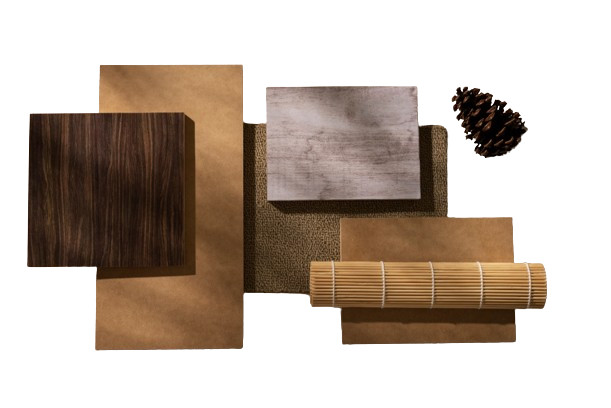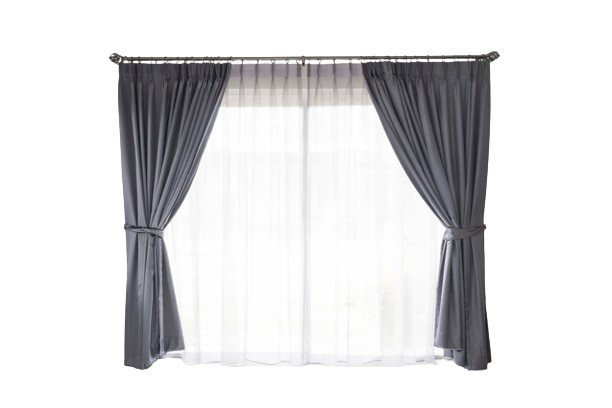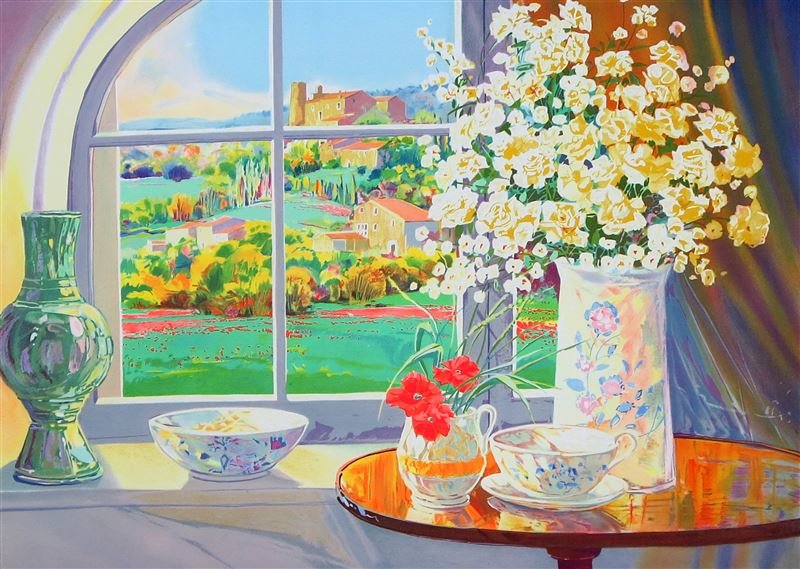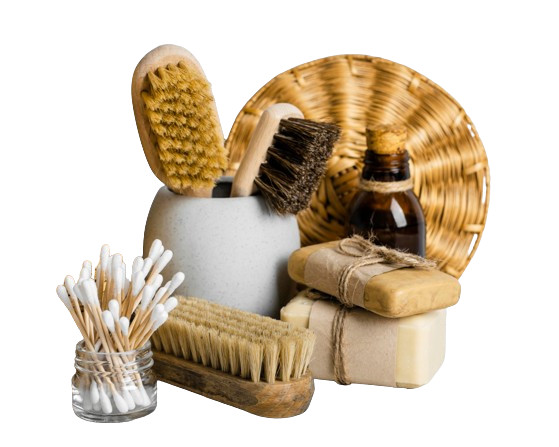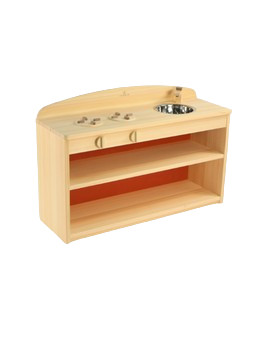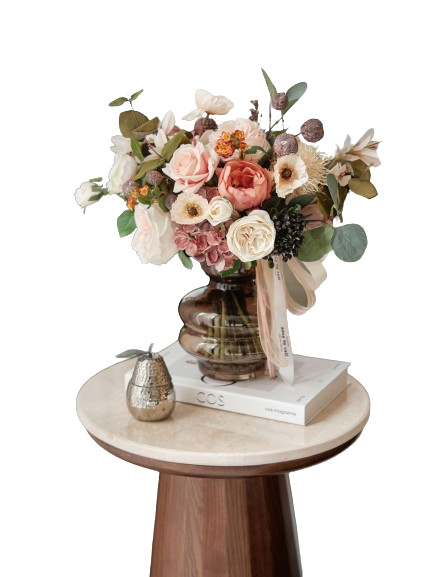THE BEAUTY OF SILK PAINTING ART
1. The origin of silk paintings:
Silk has been produced for almost 3,500 years, with origins in India and China. Silk is formed from natural materials that silkworms produce. Although the Chinese were the first to discover how to remove silkworms from silkworms in East Asia, the Japanese perfected the technique of storing silkworm eggs and began producing silk. Around the ninth century, both Japan and China began to develop the art of silk painting. Their early silk paintings were black ink monochromatic compositions. Japanese painters began to utilize a variety of gouache to add color to their paintings as early as the 14th century.


Silk paintings were created in the nineteenth century using silk

Monochrome silk painting
2. Factors affecting silk paintings:
Buddhism had the greatest influence on Japanese silk art. In addition to Buddhism, Japan has created its own cultural and artistic identity. In this genre, early Japanese painters were inspired by historical events or heroes. Furthermore, Japanese silk paintings include a variety of natural elements, including birds, flowers, wildlife, mountains, trees, and bamboo.
In the 14th century, the Japanese used quills instead of pens to write calligraphy. As a result, their work is more refined and sharp, especially when it comes to paintings with little and intricate components. In silk paintings, poetry is also employed to help express the author's message.

Buddhism had a significant impact on Japanese silk painting

Soft nib brush for silk painting
3. Material of silk painting:
Painting and painting are usually done on defect-free silk, fine or slightly rough, hand-woven, or machine-woven. Due to the demands of the fine arts business, textile mills have recently manufactured specialist silk for painting, thin and slightly sparse, with clear silk fibers. Silk painting colors are typically paints, products, or grape ink. Today, many painters experiment with silk by using opaque, heavier paintings such as tempera, powder colors, pastels, and so on. Silk painting necessitates a certain amount of ingenuity and effort on the part of the artist due to the indescribability of the material. Before painting, the silk must be stretched onto the frame. Typically, new silk is brushed with a thin layer of glue; the painter should wash the silk through this layer to allow the color to be absorbed into the silk thread. If the silk absorbs a lot of water, such as Chinese silk, apply a thin coating of glue mixed with a little alum to avoid mold.


India ink

Tempera
4. Japanese silk painting technique:
Many various dyeing procedures are used on silk cloth to achieve the most perfect picture imaginable. The Serti technique is a color-blocking technique that prevents colors from blending when painted on silk paintings. Similarly, the Gutta method paints with water-based pigments. Meanwhile, the Shibori painting technique creates vibrant drawings with quick-drying dyes.


The Serti technique


The Gutta technique

Shibori drawing technique
Adorn Museum is the right choice for admirers of soft and flexible Silk art treasures from "the land of cherry blossoms". Allow our Adorn Museum to change your space and workplace into the most delicate and beautiful environments possible.
ADORN MUSEUM
Location: O-1, TM.01, 1st Floor, Orchid 1 Tower, Hado Centrosa Garden No.200 3/2 Street, Ward 12, District 10, Ho Chi Minh City, Viet Nam.
Hotline: (+84) 28 3930 3428
E-mail: support@adornmuseum.com
Operation time:
8:30 - 17:30, Monday - Friday & 8:30 - 12:00, Saturday







